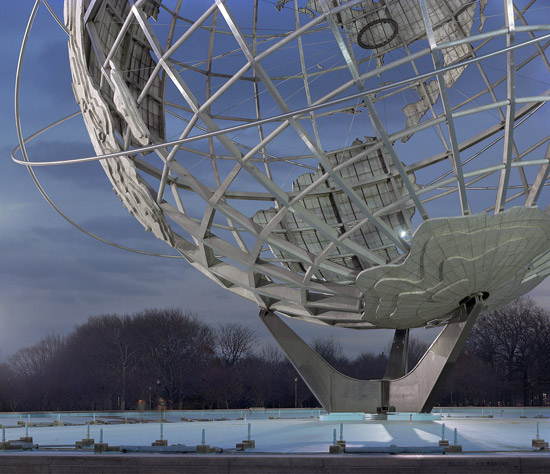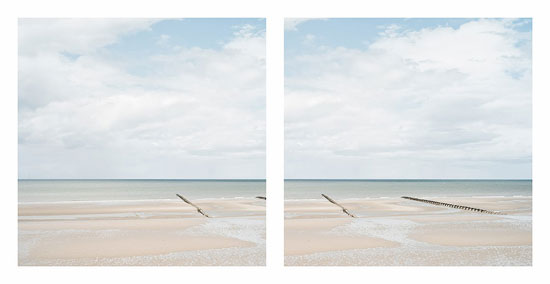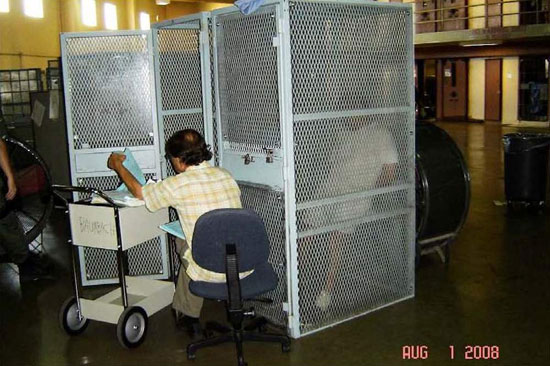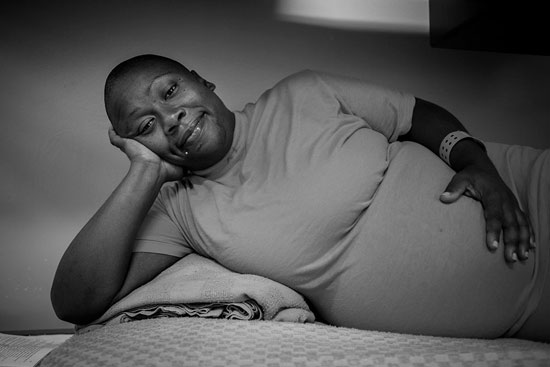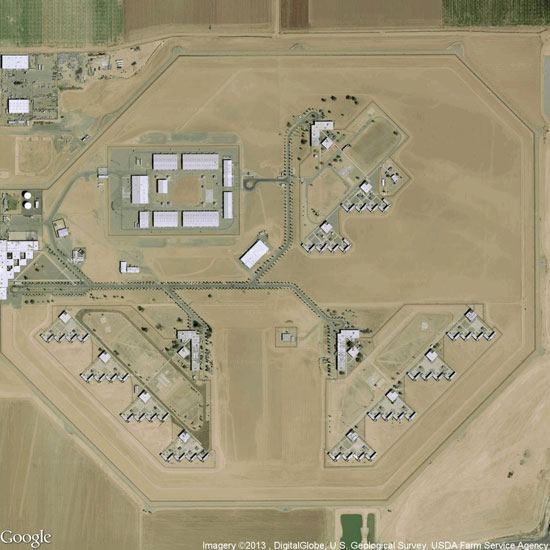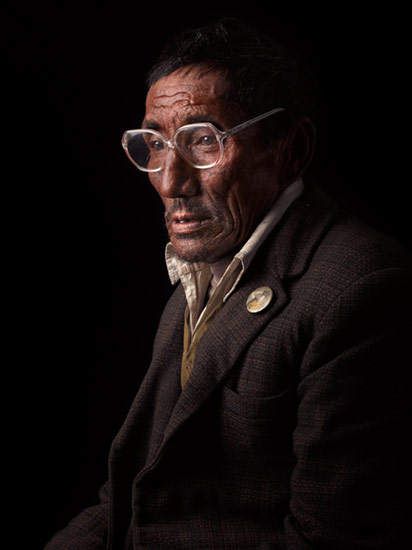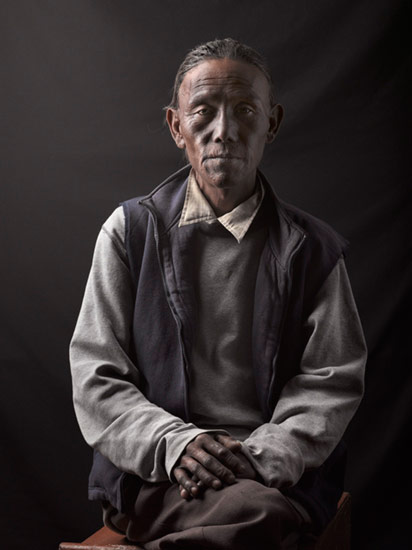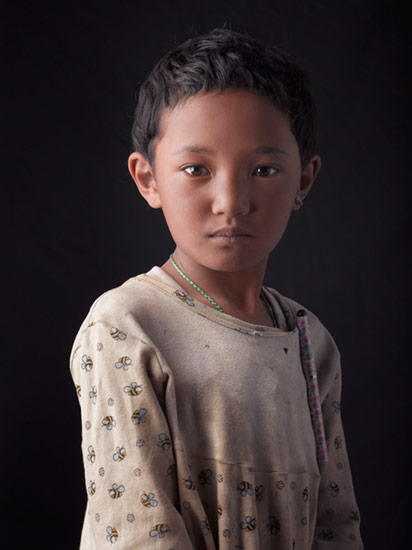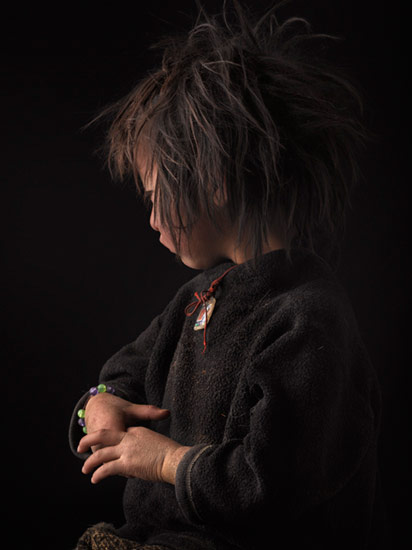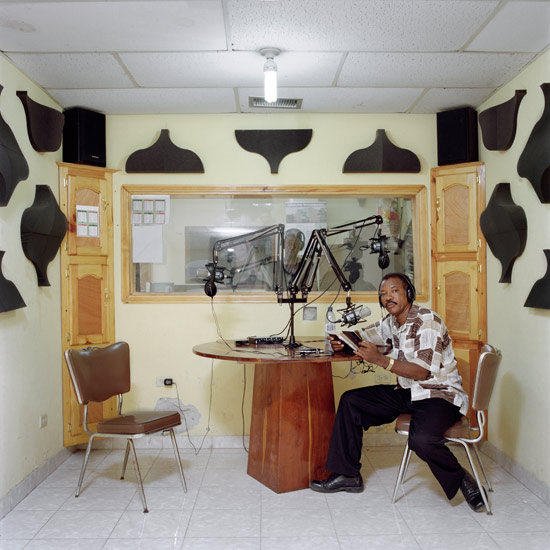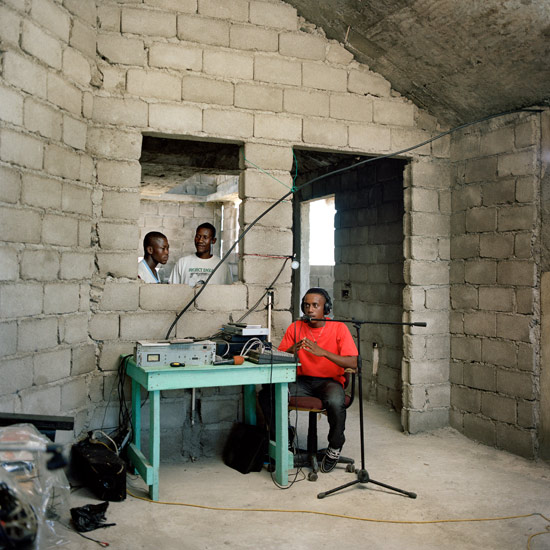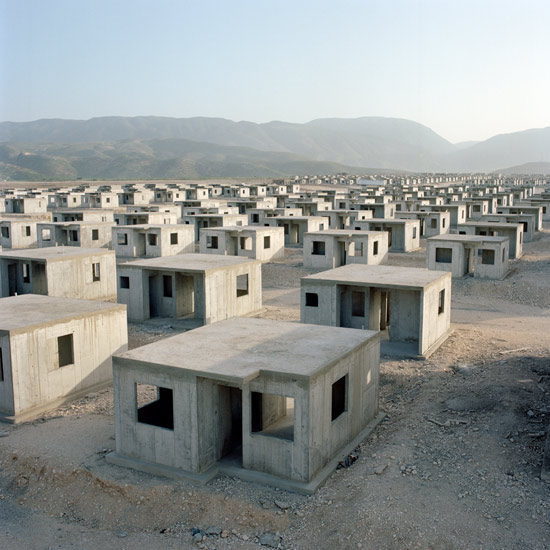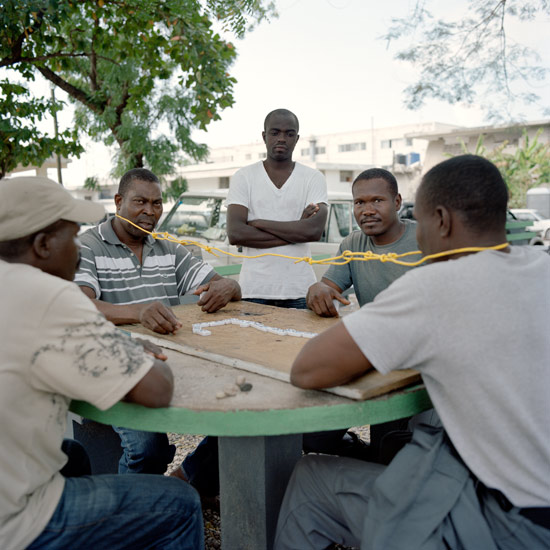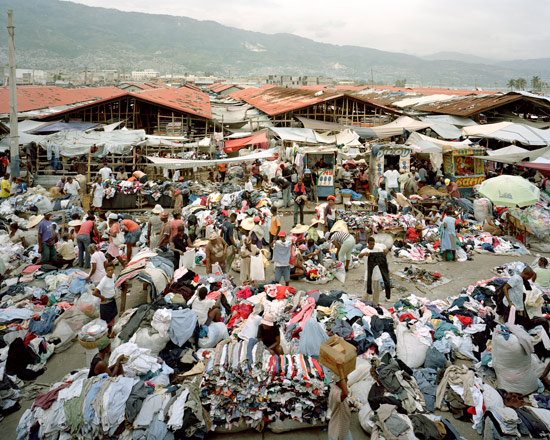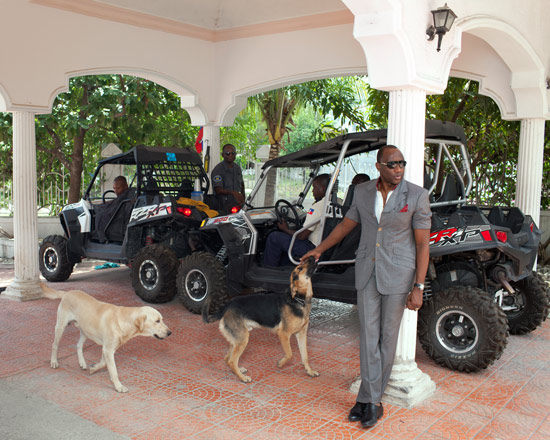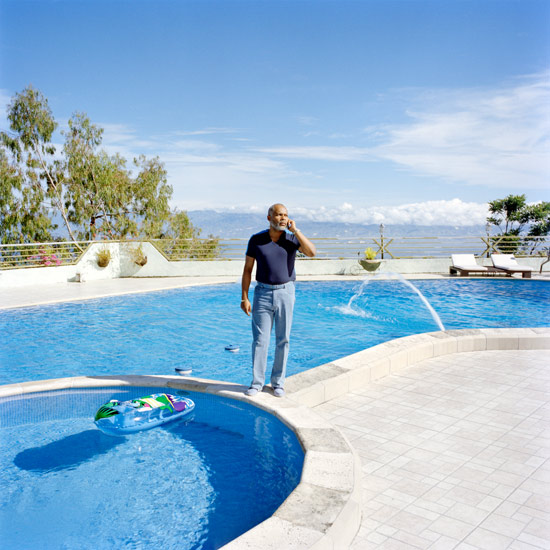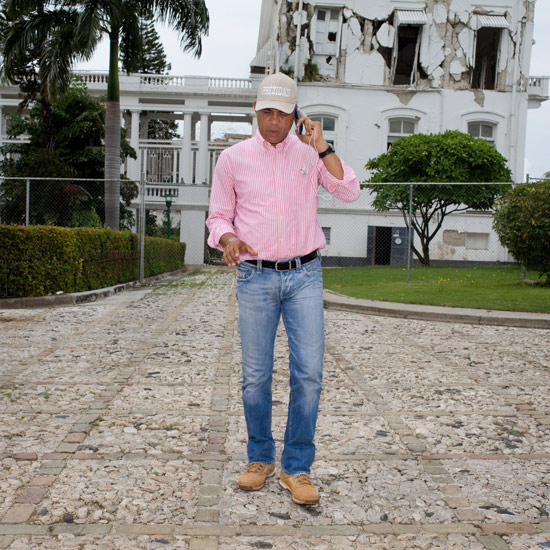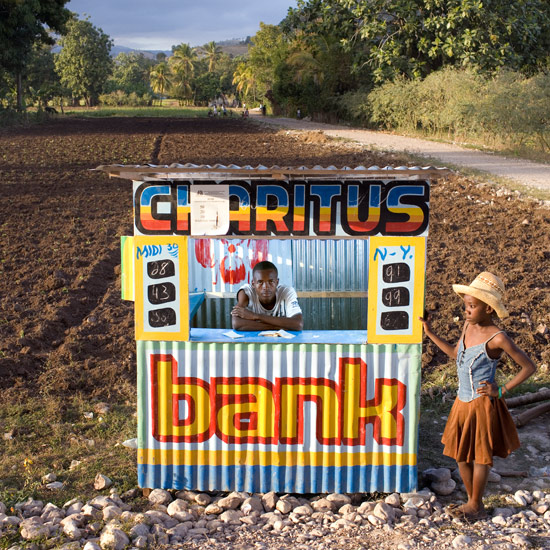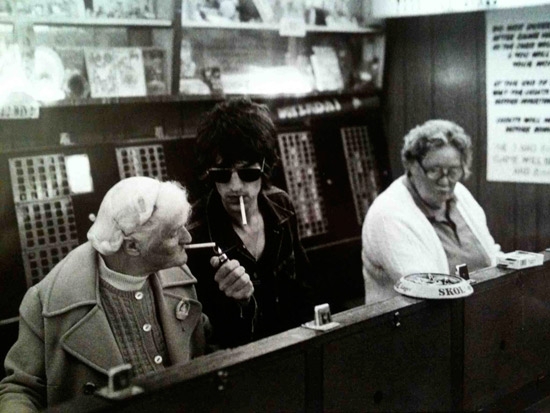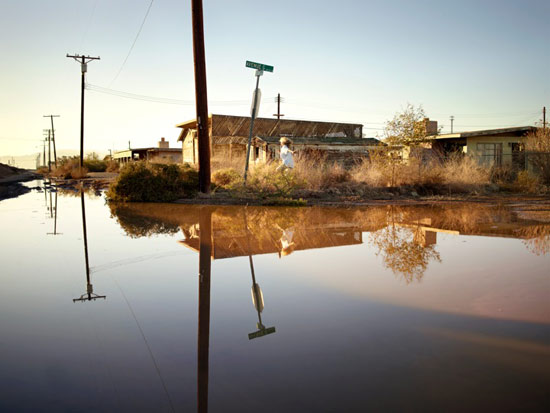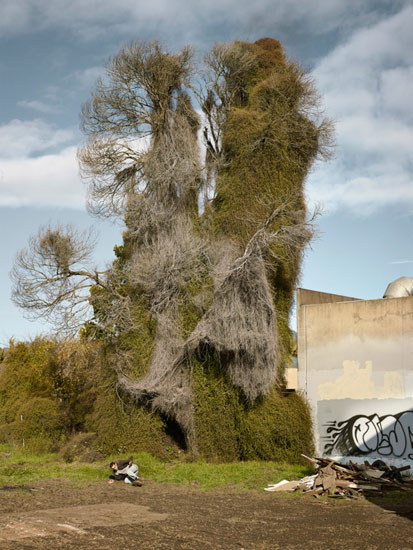Julio Jean Pierre, a host on Télévision Nationale d'Haïti (TNH), being made up a few minutes before going on air. Behind him, a bust of Alexandre Pétion, president of the Haitian Republic from 1806 until his death in 1818, one of the fathers of the nation.
I am happy to publish a selection of images from World Press Photo award winner and
INSTITUTE artist, Paolo Woods. "With journalist Arnaud Robert, he tracked down Haitian society's
invisibles, its absurd flaws and hidden aspects. He investigated the
economic elites, NGOs, the profusion of FM radios, American evangelists.
Month after month, he came to realize that all the substitution powers
that had come to save Haiti were actually replacing Haitian authorities.
And yet, in a country whose leaders have failed ever since it was
founded, the population's desire for a State remains unaltered."
This colourful, insightful long-term project on the situation in Woods' adopted home of Haiti has been collected into a book to be published by
Photosyntheses this month. Woods will exhibit at
Photoville 2013 in Brooklyn, NY (September 19-29), and for three months at the
Musée Elysée, Lausanne, opening September 20.
Can't make it? Enjoy this selection.
Radio Lumiere 90.9 FM. This is one of the oldest protestant radios. It has stations all over the country and is financed by the American and German Baptiste churches. Pastor Emile Alnève has just read from the Bible and is about to lead the listeners in prayer.
Radio Paradis 92.3FM. William is spinning from a building still under construction a few meters from the sea in the village of Tiburon, while his friends have come to check on him. The equipment for the radio has been paid by a 'Diaspora' - a Haitian living in the US. The radio is powered by solar panels and broadcasts ten hours a day.
The construction of 3,000 houses, 15 kilometers north of Port-au-Prince. The project, whose cost is evaluated at $44 million, is managed by the government and financed by the Venezuelan 'Petro Caribe' fund. Morne à Cabri.
Tent city on a soccer field that belongs to a church. After the earthquake, inhabitants of makeshift districts (Jalousie, seen in the background) sometimes pitched tents in the camps to benefit from NGO help. The most visible camps in public squares were dismantled. Pétion-Ville.
The American religious organization Global Compassion Network supplies houses built from grain silos, a gift of the Monsanto company. Torbek.
In Port-au-Prince's Notre Dame Cathedral, a man looks for iron to recycle from the ruins of the earthquake.
A game of dominos among police officers who are in charge of the security for the president. The losers of the game are designated as 'dogs' and forced to wear something that attracts the ridicule of passersby. Here, they are tied together with electric wire. Presidential Palace, Port-au-Prince.
The Croix-des-Bossales Market, where pèpès, second-hand clothing from the United States, is sorted, resized and sold wholesale. Port-au-Prince.
Mario Andrésol, though he left the Haitian National Police, still enjoys continuous protection supplied by the Ministry of the Interior. Belleville, Pétion-Ville.
Eric Jean-Baptiste, owner of Père Eternel, Haiti's second biggest lottery. Lottery, or Borlette as it is called in Haiti, is ubiquitous in the country and according to one estimate Haitians spend as much as $1.5 billion per year on the Borlette making it the biggest industry in the country. The son of one of Papa Doc's Tonton Macoutes, Jean-Baptiste has utter contempt for the mulatto elite that rules the core of the Haitian economy. Port au Prince.
Michel Joseph Martelly in front of the presidential palace destroyed by the January 12, 2010, earthquake. Port-au-Prince.
A borlette office. Haitians invest two billion dollars every year in these private lotteries - nearly a quarter of the GNP. They are often referred to as "banks" since the poor invest their money in them. Camp Perrin.
Special thanks to Anna-Maria Pfab, Cultural Manager, INSTITUTE
